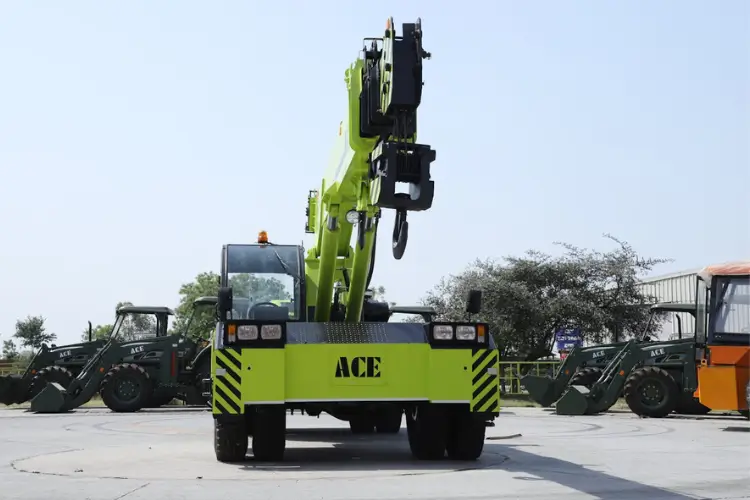The needs of the business—including those related to equipment—grow along with its size. Whether your business is office-based, manufacturing, or even construction, you absolutely must have the proper equipment and machinery. Still, buying brand-new machinery may be a major expenditure. Businesses have to discover methods to save costs on necessary equipment if they are to keep profitability while growing. These five techniques will enable your expanding business to guarantee you have everything you need to run efficiently while also helping to decrease expenses.
Buy Quality Used Equipment
Buying secondhand machinery instead of brand-new equipment is among the best strategies to save equipment costs. Though at a fraction of the cost, premium, well-maintained pre-owned equipment may run just as well as brand-new versions. Many businesses, including manufacturing and construction, depend on robust equipment that, with good maintenance, may last years. Always closely examine old equipment, review maintenance records, and, if at all feasible, test it before you buy. Reputable merchants certify and restore secondhand equipment, therefore offering guarantees for further peace of mind. Investing in well-kept used equipment will help your company dedicate money to other expansion prospects while still providing the tools required for success.
Consider Equipment Leasing
Leasing might be a wise substitute if purchasing old or new equipment is not feasible. Leasing lets companies pay a reasonable monthly price for the equipment they need instead of making a huge upfront expenditure. Businesses like manufacturing enterprises or construction organizations that need costly machinery would notably benefit from this. Usually providing flexible contracts, an equipment leasing company lets you replace outdated models as technology advances. Leasing also helps with cash flow handling as you save the big initial expenditure on equipment purchases. Leasing payments may also be tax-deductible, providing additional financial relief. Leasing might be a reasonably priced alternative without long-term financial impact if your company needs specialized or temporary equipment.
Take Advantage of Government Grants and Tax Incentives
Many governments provide discounts, tax breaks, and subsidies to assist businesses in making equipment investments. These financial initiatives are meant to enable businesses to expand under control of expenses. Unlike depreciating equipment over time, tax deductions like Section 179 in the United States let businesses write off the whole cost of eligible equipment in the year it’s acquired. Research local tax breaks and grants to help you profit from these initiatives. Maximizing your savings and navigating these incentives will depend on speaking with an accountant or tax consultant. Using government programs will help you greatly cut your equipment costs and direct those savings back into the expansion of your business.
Buy in Bulk or Through Group Purchasing Organizations
Purchasing in bulk may help companies needing several pieces of equipment save a lot of money. Many vendors provide discounts for large quantities of purchases, therefore lowering the general cost per item. For businesses needing plenty of equipment, office supplies, or industrial parts, this approach performs exceptionally well. Joining a group buying organization (GPO) is another choice that lets small and medium-sized businesses make use of collective buying power. Group purchasing organizations (GPOs) make it simpler for small and medium-sized businesses to take advantage of supplier discounts that would otherwise be reserved for huge organizations. Buying in bulk or through a GPO will greatly assist in reducing expenses whether your purchases are office supplies or heavy equipment.
Maintain and Upgrade Instead of Replacing
Regular maintenance increases the lifetime of your equipment, therefore saving your business money over time. A lot of businesses make the costly mistake of early equipment replacement when years of attentive maintenance would have kept it running effectively. Regular maintenance ensures that your tools and equipment remain in great operational condition, therefore reducing the likelihood of expensive repairs or replacements. Moreover, changing specific parts—such as attachments, motors, or software—without a complete replacement might improve the present equipment’s efficiency. Many manufacturers provide upgrade kits that improve performance while maintaining expenses less than those of buying whole new equipment. Giving maintenance and improvements priority can help your company maximize the value of its current machinery and save unnecessary costs.
Conclusion
Any developing business must control equipment expenses. You may drastically cut costs and yet equip your business for success by examining choices like leasing, buying old equipment, using government incentives, buying in volume, and maintaining up-to-date equipment. Making wise equipment purchase financial decisions helps you to distribute extra funds to other areas of development, therefore guaranteeing long-term sustainability and profitability.




